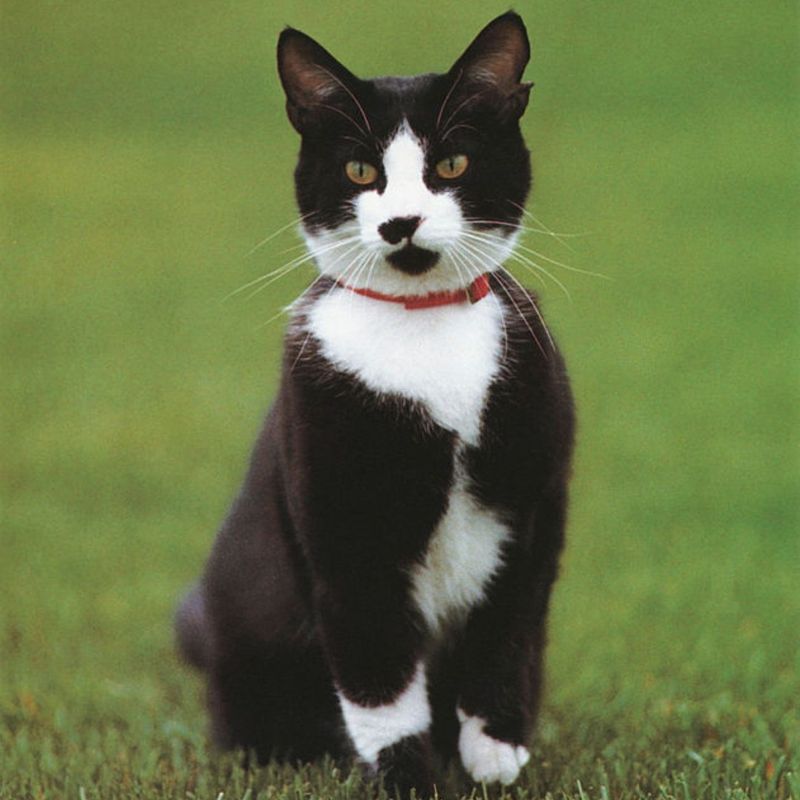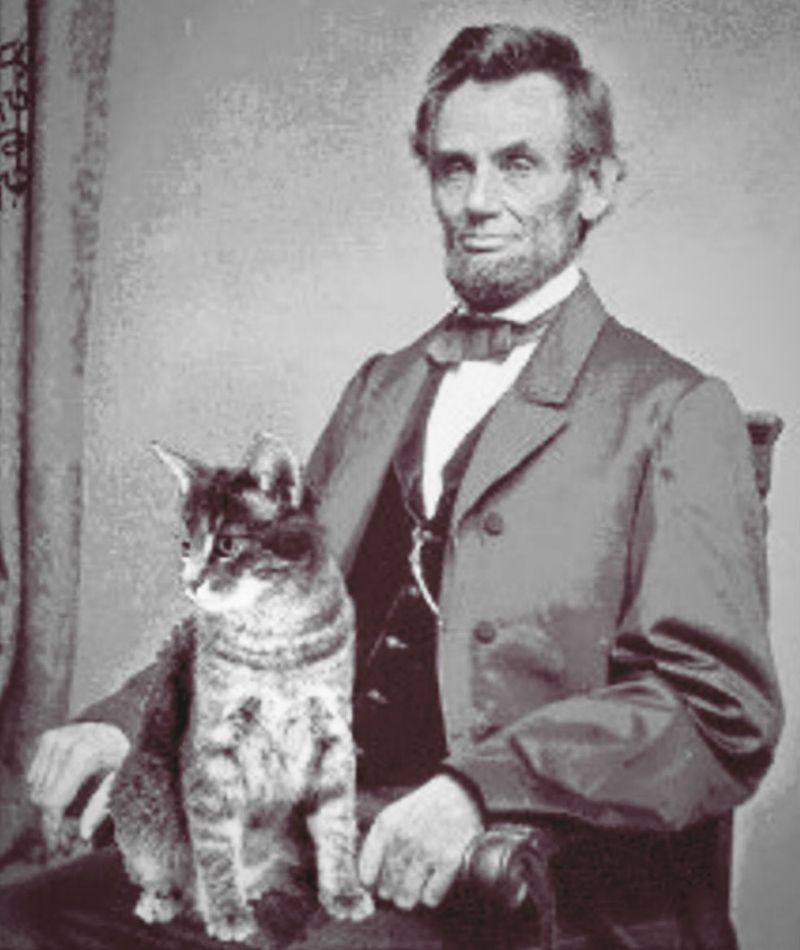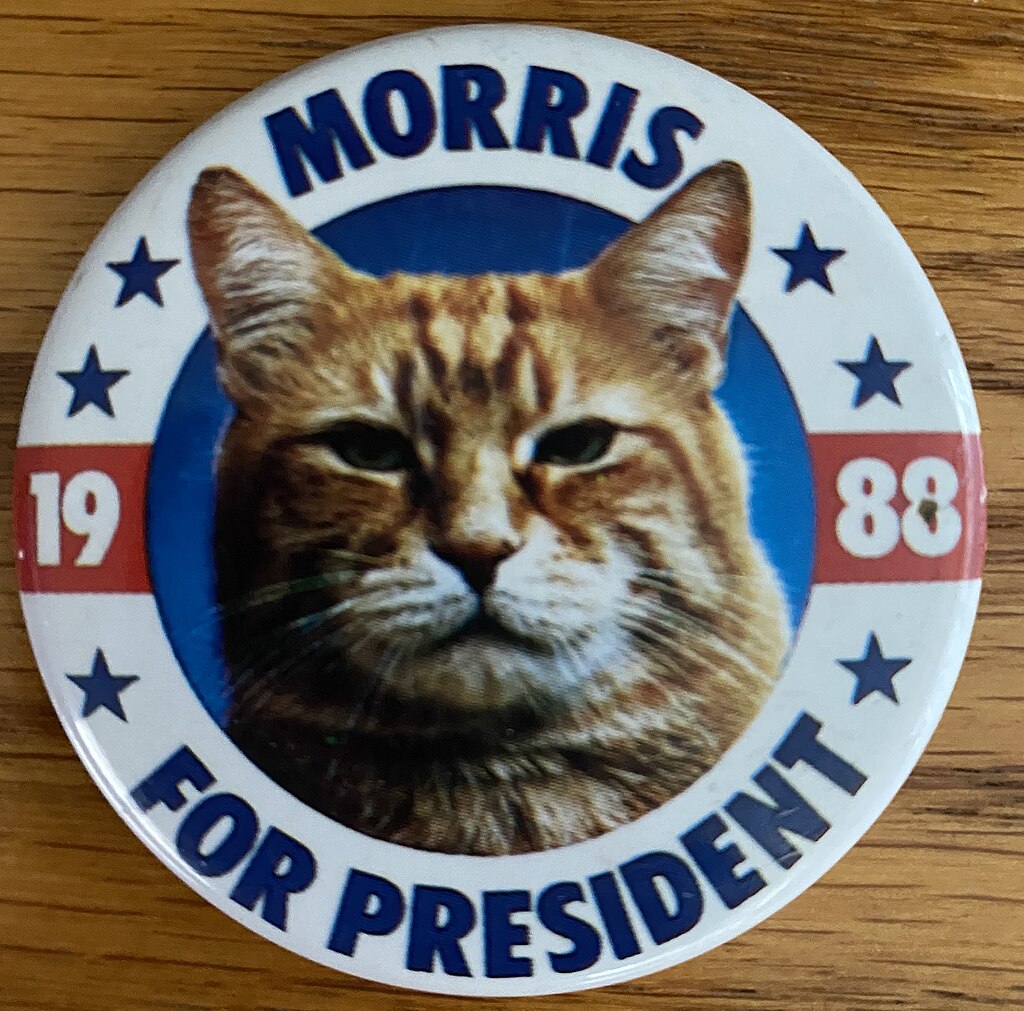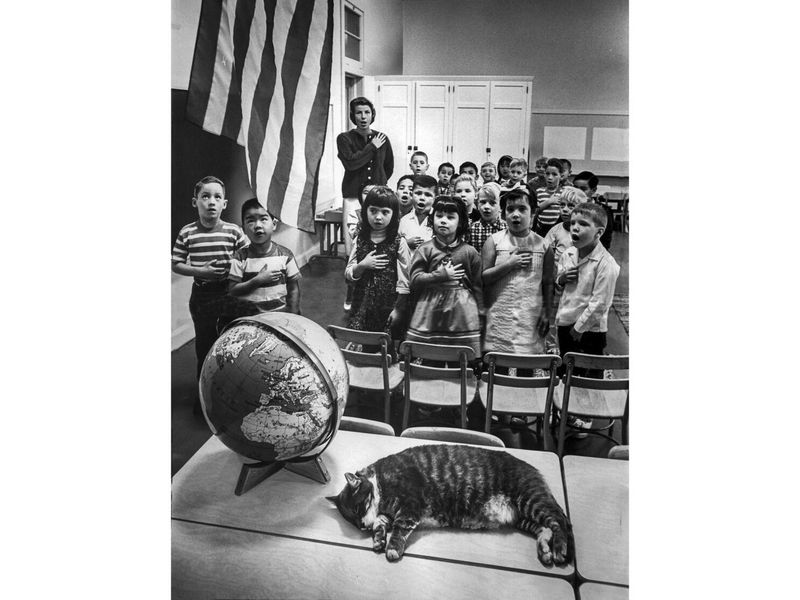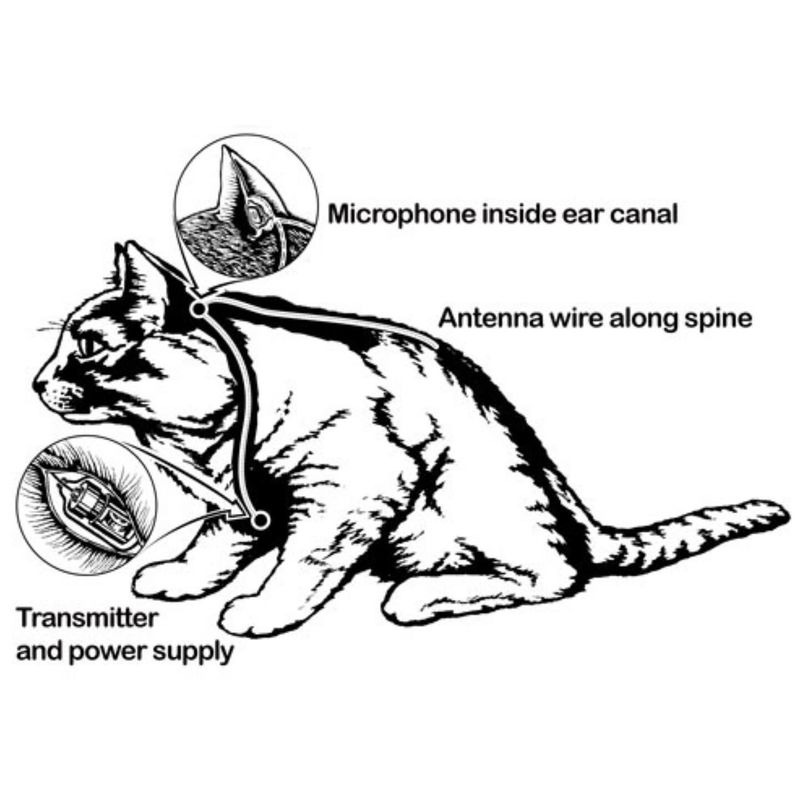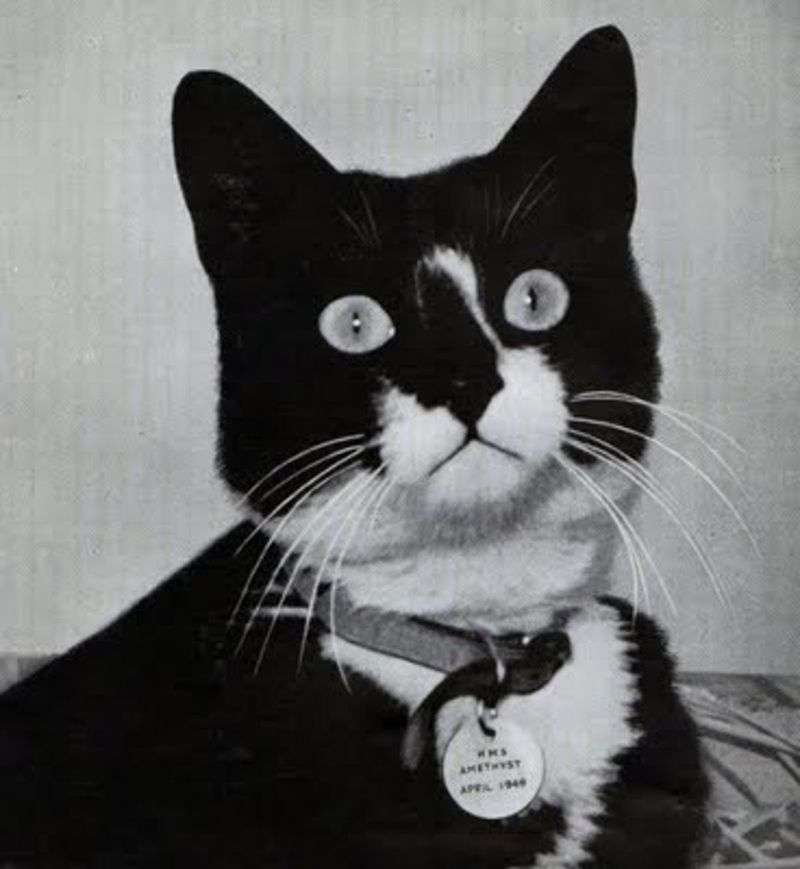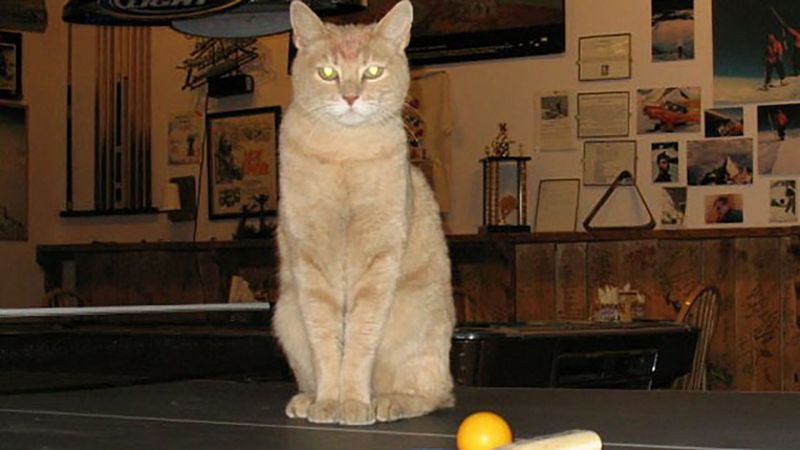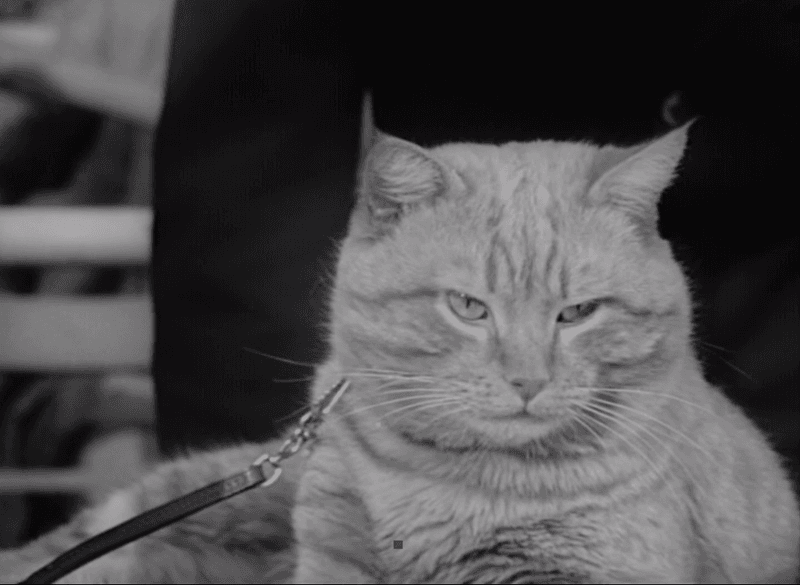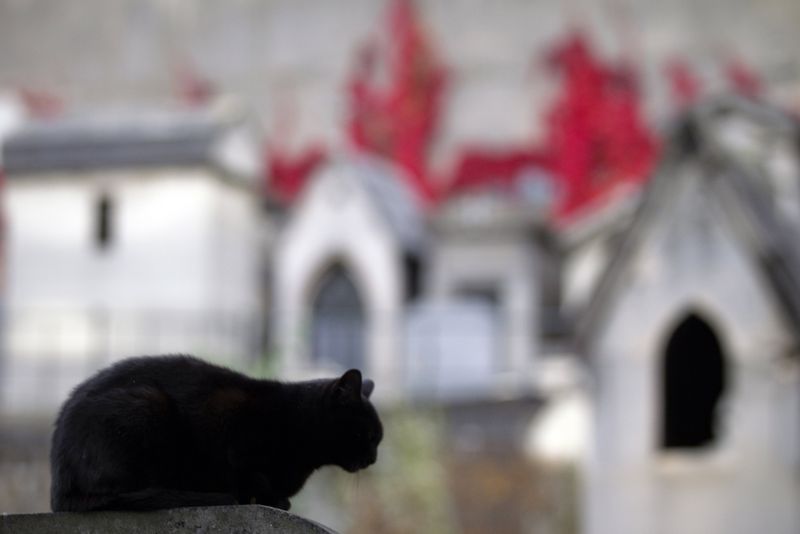📖 Table of Content:
- 1. Socks Clinton: The White House’s Tuxedo Ambassador
- 2. Tabby Lincoln: Honest Abe’s Feline Friend
- 3. Morris the Cat: The Original Feline Celebrity Spokesperson
- 4. Room 8: America’s Beloved School Cat
- 5. Snowball: The CIA’s Feline Operative
- 6. Unsinkable Sam: The Naval Cat Who Survived Three Shipwrecks
- 7. Stubbs: The Feline Mayor of Talkeetna
- 8. Orangey: Hollywood’s Golden Age Feline Star
- 9. Tommaso: America’s Richest Feline Heir
Cats may be known for their independence and aloof charm, but some felines have gone far beyond napping on windowsills or chasing laser pointers. From prowling the polished halls of the White House to soaking in the spotlight of Hollywood sets, a few exceptional cats have etched their names into American history.
These aren’t just pets—they’re icons, each with a story more unbelievable than the last. Whether they were political ambassadors, war survivors, or millionaire heirs, these cats proved that charisma, resilience, and a bit of feline mischief can take you places no one would expect.
So whether you’re a die-hard cat lover or simply fascinated by the strange and wonderful corners of history, this list of legendary American felines will captivate you. These are the stories of cats who defied expectations and became more than companions—they became celebrities, symbols, and sometimes even spies.
1. Socks Clinton: The White House’s Tuxedo Ambassador
The Clinton family’s black-and-white cat became a media sensation after Bill Clinton’s 1992 election victory. Socks frequently appeared in press photos, had an unofficial fan club, and received thousands of fan letters from children nationwide.
Unlike many presidential pets, Socks actively disliked the First Family’s chocolate Labrador, Buddy. Their famous feud was so pronounced that Clinton once joked, “I did better with the Republicans in Congress than I’ve done with Socks and Buddy.”
After the Clintons left the White House, Socks lived with Clinton’s secretary Betty Currie until his passing in 2009 at age 20.
2. Tabby Lincoln: Honest Abe’s Feline Friend
Abraham Lincoln adored cats so much that his wife, Mary Todd Lincoln, once remarked that cats were her husband’s only hobby. Tabby was supposedly the first presidential cat to live in the White House, arriving during Lincoln’s presidency in the 1860s.
During a formal White House dinner, Lincoln reportedly fed Tabby from the table despite Mary Todd’s disapproval. When questioned about this behavior, the president simply stated, “If the gold fork was good enough for former President James Buchanan, I think it is good enough for Tabby.”
Lincoln’s compassion for cats reflected his gentle nature during America’s most turbulent period.
3. Morris the Cat: The Original Feline Celebrity Spokesperson
Orange, laid-back, and perpetually unimpressed, Morris the Cat revolutionized advertising when he became the face of 9Lives cat food in 1968. The original Morris was discovered at an animal shelter in Chicago, transforming from homeless kitty to household name virtually overnight.
His distinctive “finicky” personality and disdainful expressions made him an instant hit with American viewers. Morris’s popularity soared so high that he received fan mail, made talk show appearances, and even had an “autobiography” published.
Though the original Morris passed away in 1978, his legacy continues with subsequent orange tabbies carrying on the famous name and attitude in American pop culture.
4. Room 8: America’s Beloved School Cat
In 1952, a striped gray cat wandered into Elysian Heights Elementary School in Los Angeles and promptly made himself at home in Room 8. The friendly feline became such a fixture that students named him after his favorite classroom.
Room 8’s fame spread beyond school grounds when the Los Angeles Times featured him in 1962. Soon, the scholarly cat received over 10,000 fan letters yearly from children nationwide. His popularity led to a children’s book about his life and appearances on television shows.
When Room 8 passed away in 1968 after 16 years at the school, his obituary ran in newspapers across America, and he was buried with a proper headstone at the Los Angeles Pet Memorial Park.
5. Snowball: The CIA’s Feline Operative
During the height of the Cold War, the CIA attempted one of history’s strangest espionage missions involving a cat named Snowball. In the 1960s, under Operation Acoustic Kitty, agents surgically implanted recording devices into this unsuspecting white cat, hoping to use him to spy on Soviet conversations.
The plan? Release Snowball near Soviet officials in parks where they often met, allowing the feline to record sensitive conversations. After extensive training and surgical modifications costing millions, Snowball was deployed for his first mission.
Unfortunately for the CIA, the operation failed spectacularly when Snowball was reportedly hit by a taxi almost immediately after being released. The project was ultimately abandoned in 1967.
6. Unsinkable Sam: The Naval Cat Who Survived Three Shipwrecks
Originally named Oscar, this remarkable black and white cat began his naval career aboard the German battleship Bismarck during World War II. When the Bismarck was sunk in 1941, Oscar was found floating on a board and rescued by the HMS Cossack.
The British sailors renamed him Sam, but misfortune struck again when the Cossack was torpedoed. Sam survived once more and was transferred to the aircraft carrier HMS Ark Royal, which was also torpedoed shortly thereafter!
After surviving his third sinking, the cat nicknamed “Unsinkable Sam” retired from sea duty. He lived out his remaining years in a sailor’s home in Belfast, becoming an American naval legend whose story is still told today.
7. Stubbs: The Feline Mayor of Talkeetna
In 1997, the tiny town of Talkeetna, Alaska, elected an unusual mayor—a yellow cat named Stubbs. According to local legend, residents were unhappy with the human candidates and wrote in Stubbs as a joke. The cat won, beginning a 20-year political career that brought fame to this remote Alaskan community.
Though his mayoral duties were mostly ceremonial, Stubbs took his job seriously. He held daily meetings with constituents and tourists at a local general store, where he drank water laced with catnip from a wine glass.
Stubbs survived an assassination attempt by a local dog in 2013 before peacefully passing away in 2017, leaving behind a legacy as America’s longest-serving feline politician.
8. Orangey: Hollywood’s Golden Age Feline Star
Long before internet cat videos, there was Orangey, the marmalade tabby who conquered 1950s Hollywood. This talented cat actor is best known for his role alongside Audrey Hepburn in “Breakfast at Tiffany’s” (1961), playing the nameless feline character simply called “Cat.”
Orangey’s impressive acting chops earned him two PATSY Awards (Picture Animal Top Star of the Year)—the animal equivalent of an Oscar. His first came for his performance in “Rhubarb” (1951), where he played a cat who inherits a baseball team.
Known for his ability to stay in place for hours during filming, Orangey appeared in numerous films and TV shows, including “The Incredible Shrinking Man” and “Mission: Impossible.”
9. Tommaso: America’s Richest Feline Heir
From stray alley cat to multi-millionaire—Tommaso’s rags-to-riches story captivated America in 2011. This black cat was adopted from the streets of Rome by Maria Assunta, an Italian property magnate who had no children or close relatives when she moved to the United States.
When Assunta passed away at age 94, she left her entire $13 million fortune to Tommaso, making him the wealthiest cat in American history. Since cats can’t legally own property, Assunta arranged for her trusted nurse to care for Tommaso while managing his substantial estate.
The story sparked national debate about animal inheritance laws and inspired several wealthy Americans to include their pets in their wills.
